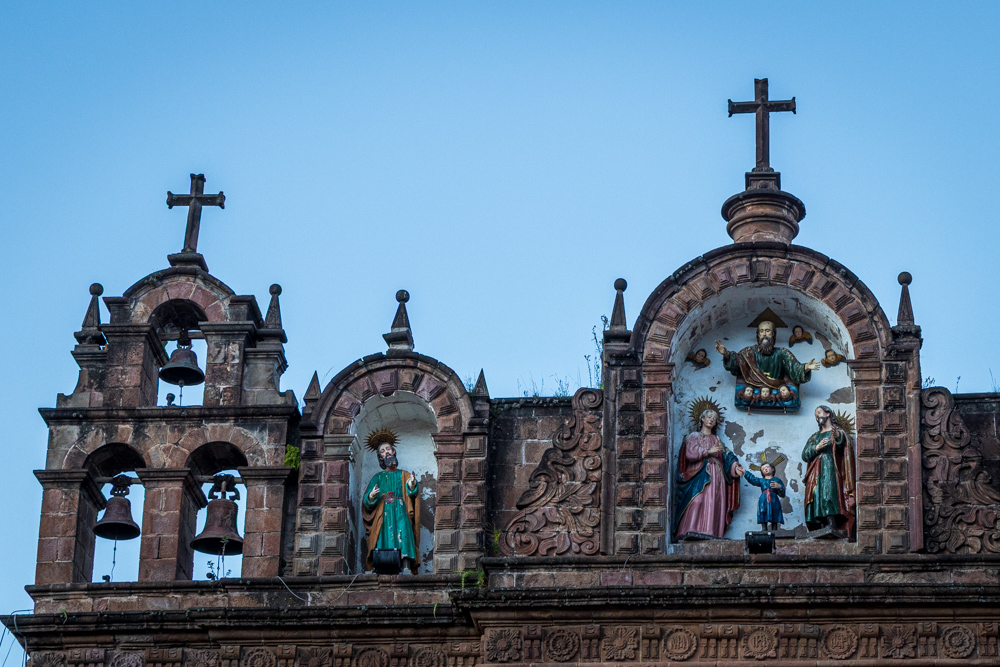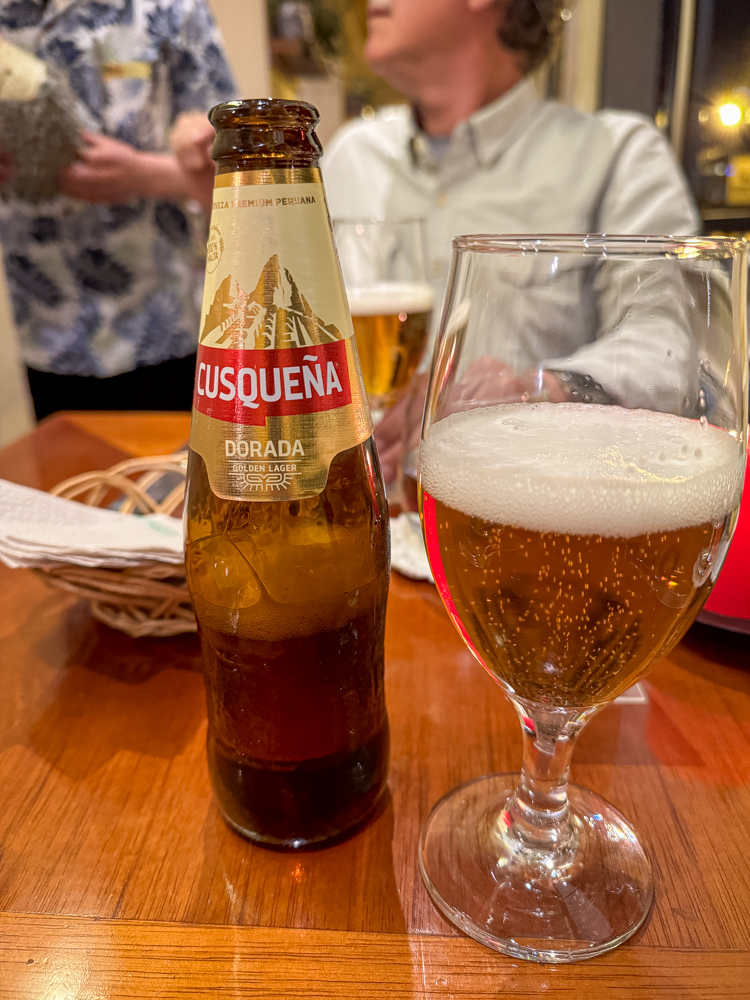Monday - 15 April 2024 - We started the day with a walking tour of Cusco.
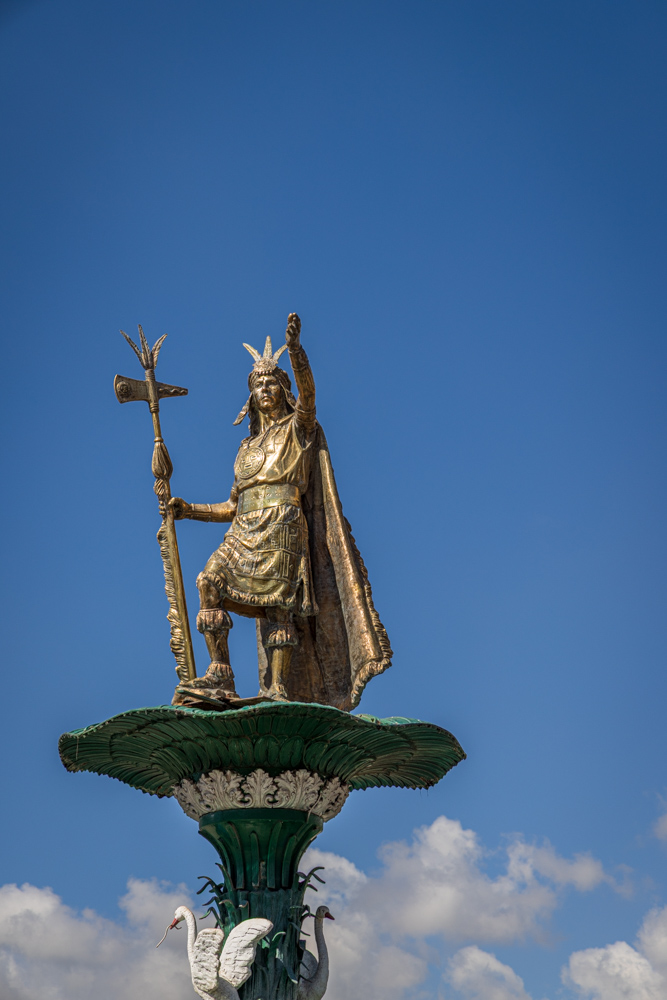
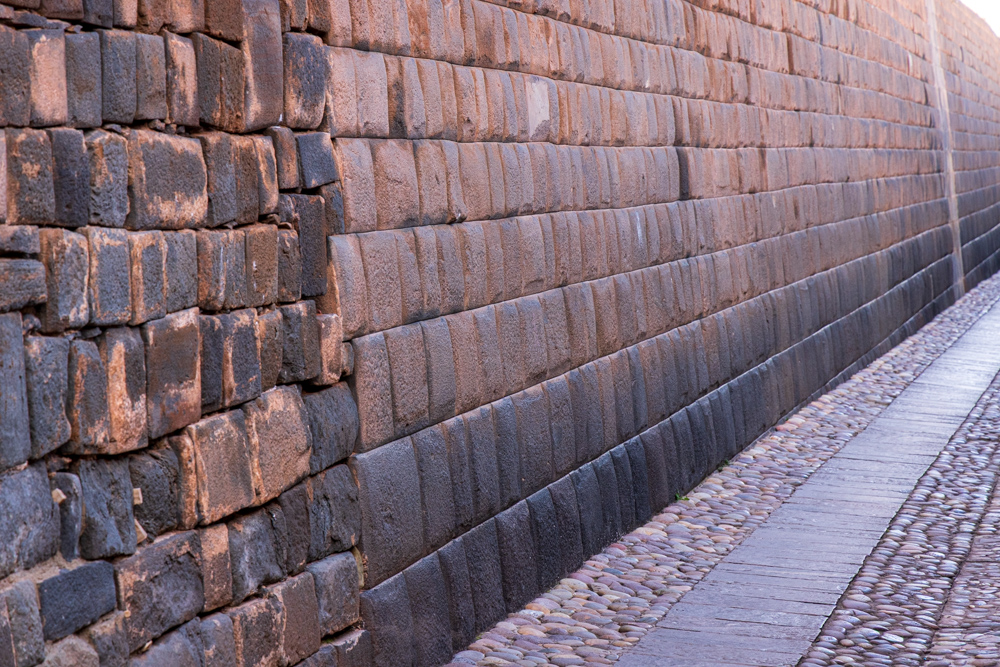
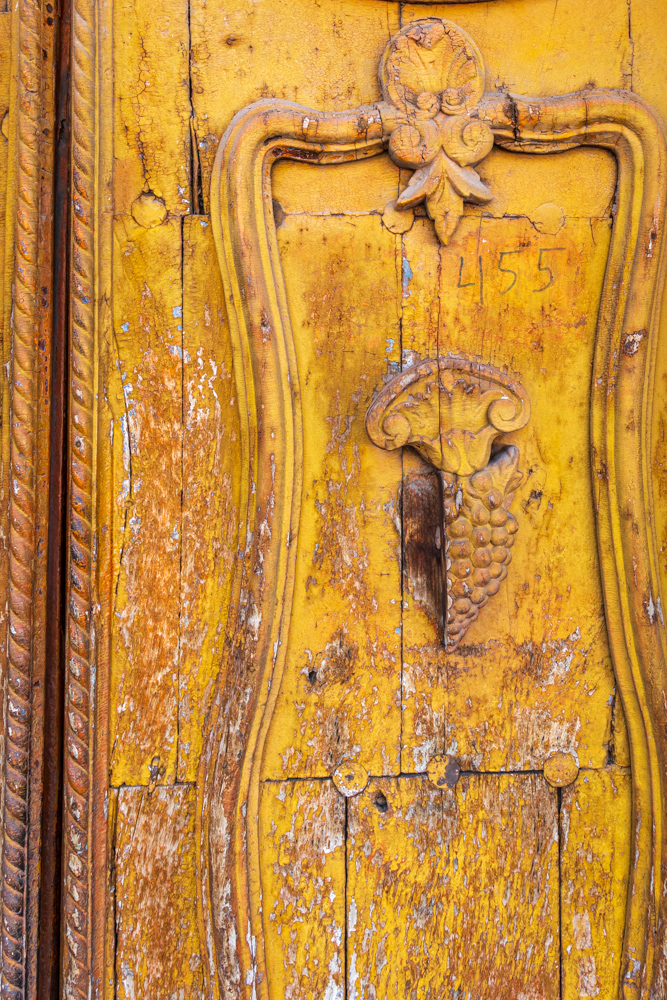

The Spanish built the Convent of Santo Domingo on the site, demolishing the temple and using its foundation for the cathedral. They also used parts of the building for other churches and residences.


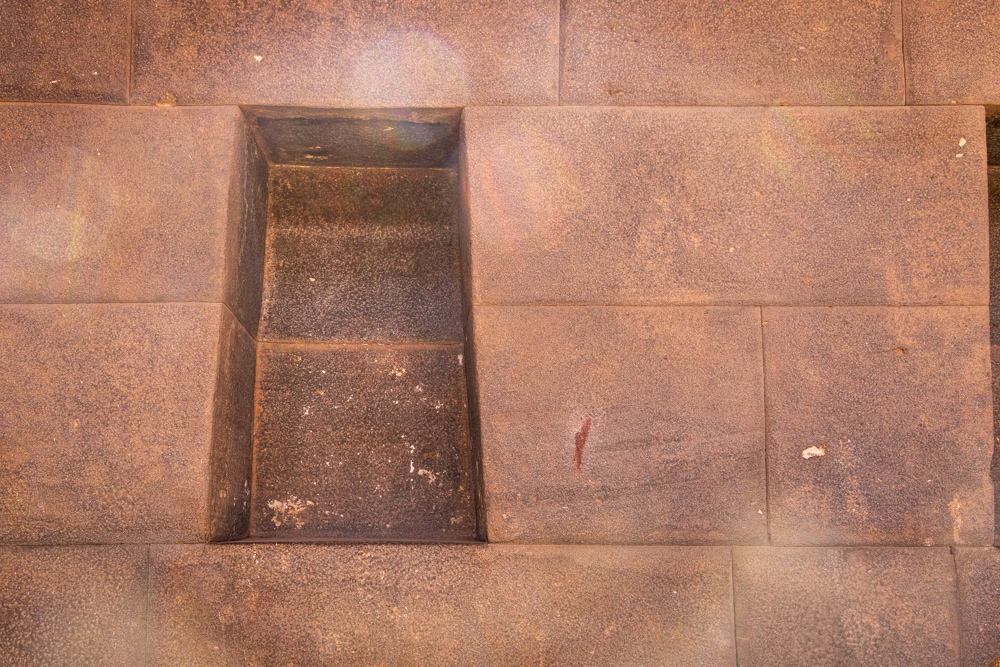
The precise stonework is visible along with a niche.
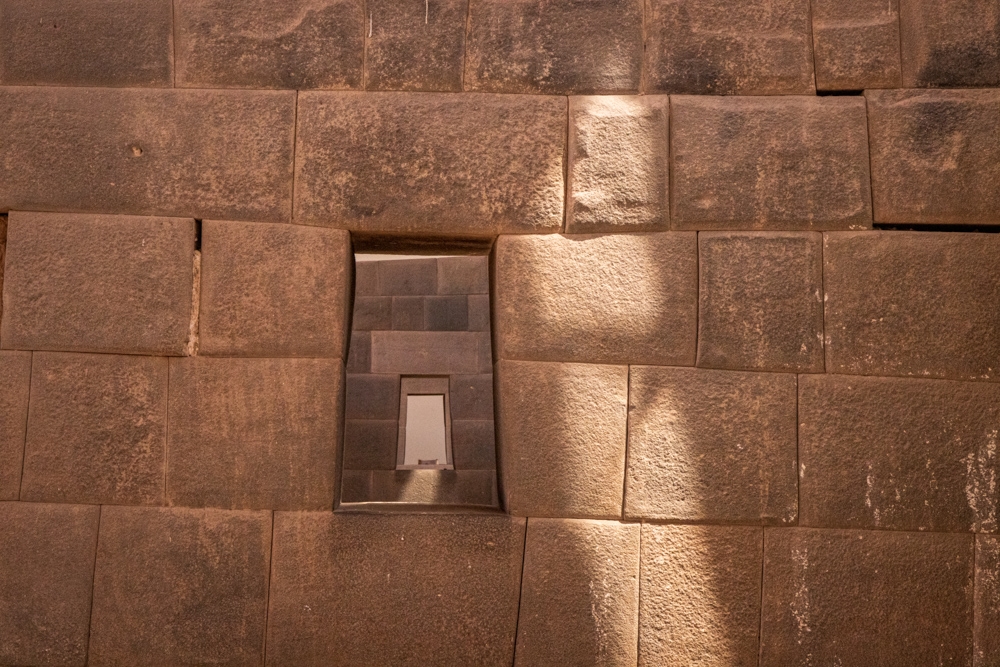
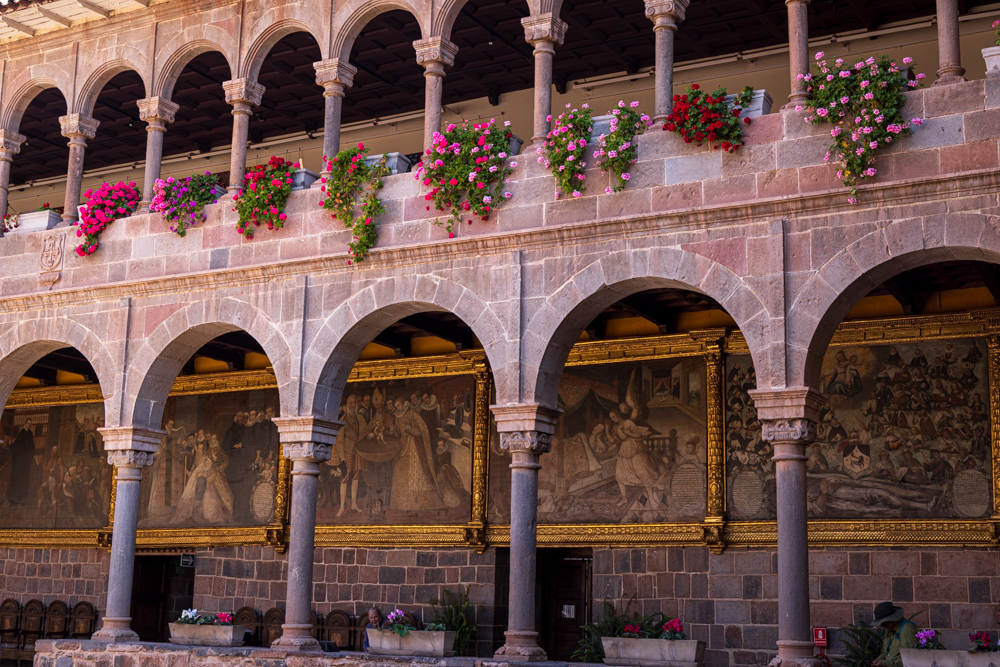

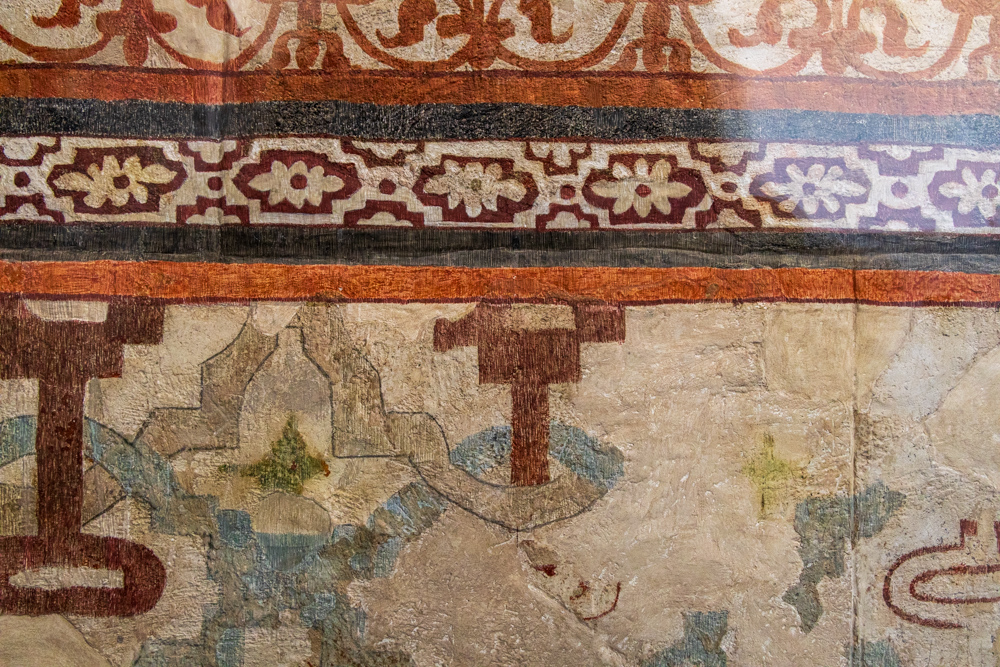

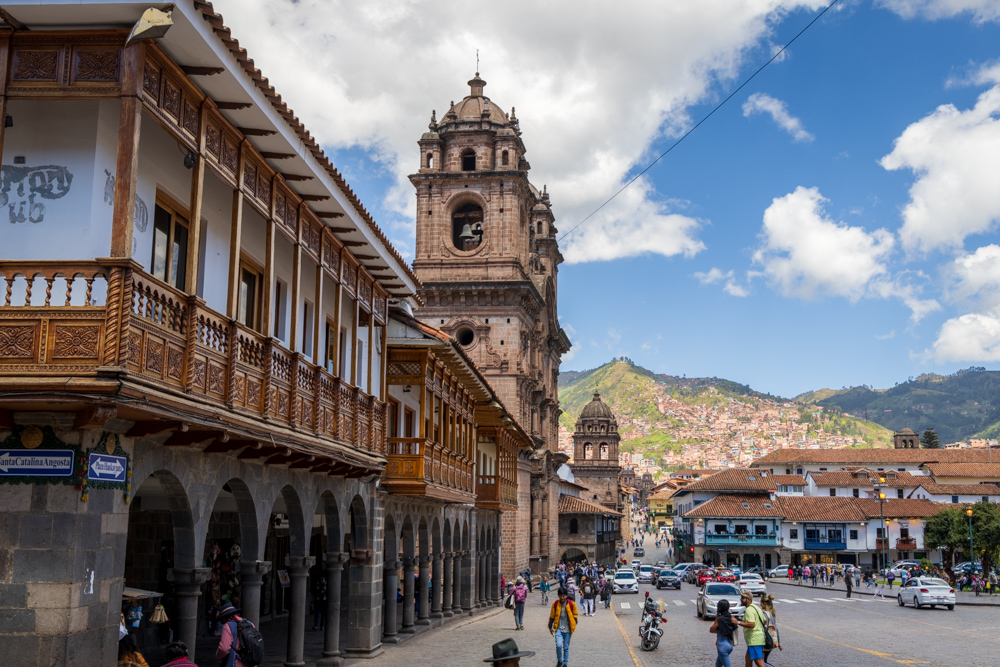
There were 16 churches built by the Spanish in Cusco - here you can see Church of the Society of Jesus, Minor Basilica of Mercy, Church and Convent of Santa Clara, and way in the back St. Peter's Church.


The church is entirely made of stone, the material is pink basalt and andesite - both volcanic rock.
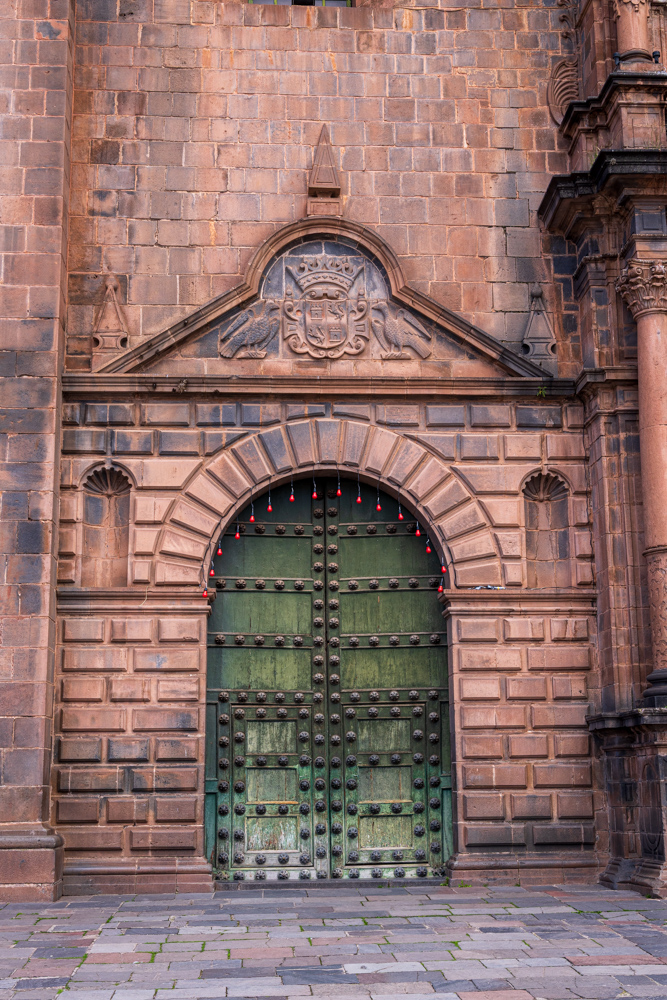
The Gothic-Renaissance style of the cathedral reflects that of Spain during the Spanish conquest of South America.
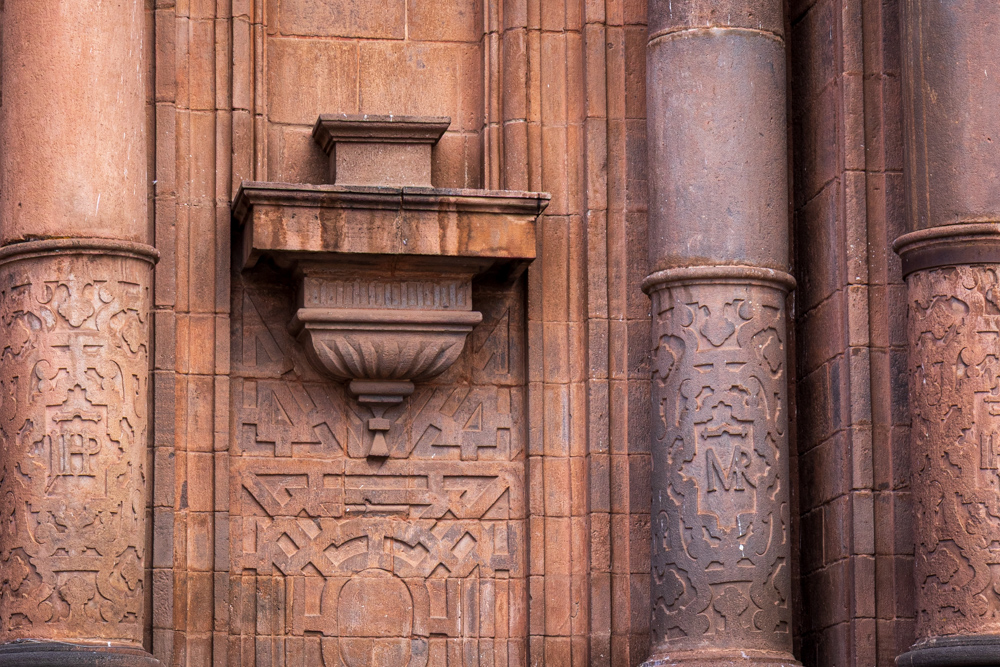

The name of the Church of Triumph derives from the history of the Spanish settlers in Cusco. At one point, between 1533, and 1536, the Spanish were cornered by a besieging army of Incas, led by Manko Inka. The final stand for the Spanish was in the Suntur Wasi, before its demolition, and just as it seemed that they were on the verge of defeat, the Spanish miraculously managed to drive back the Incas.
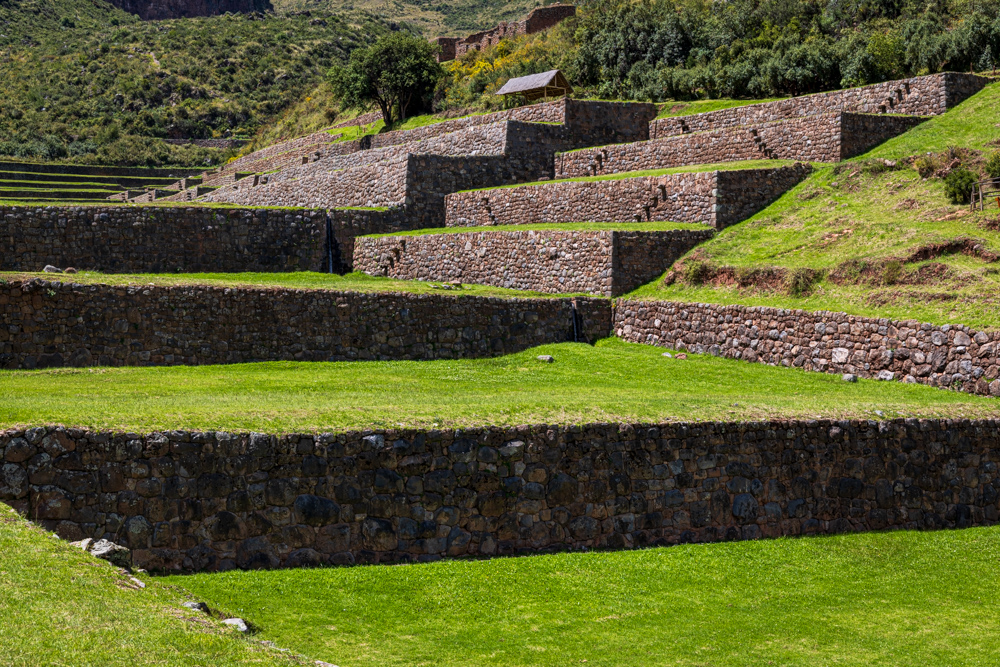
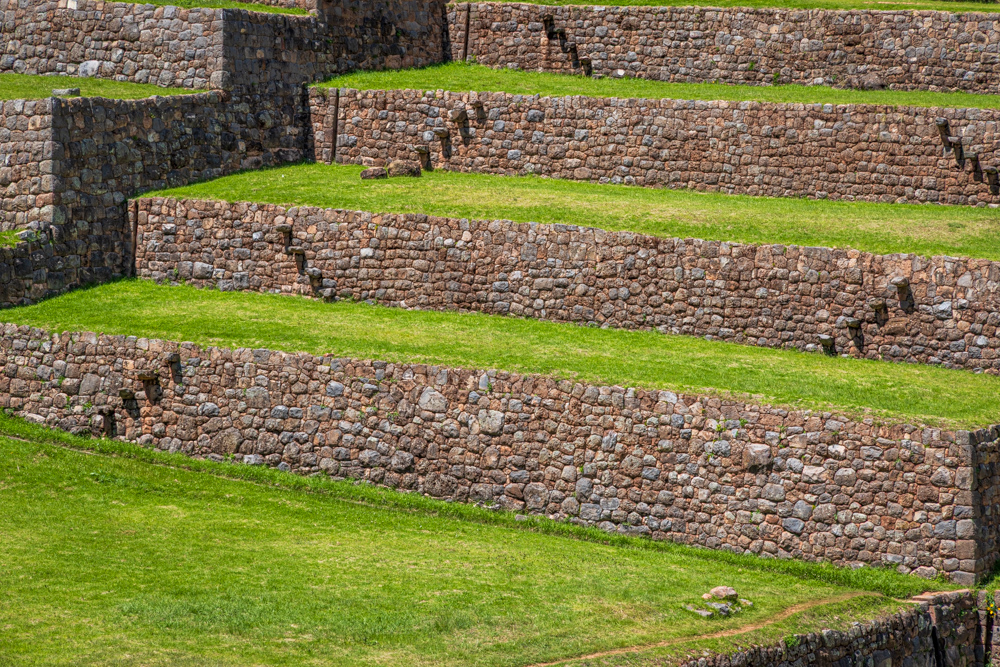
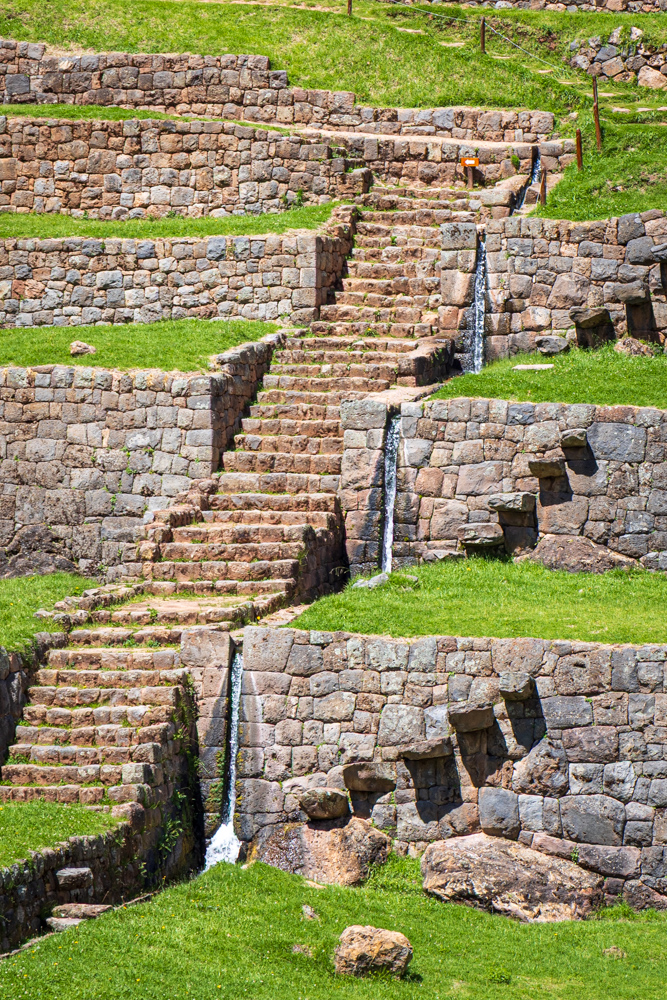

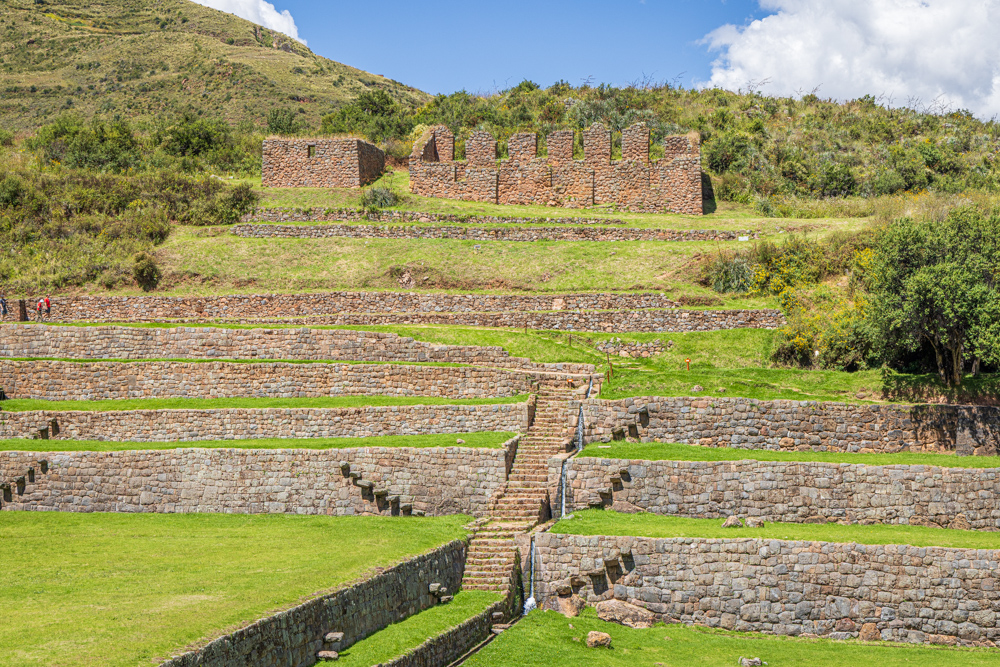
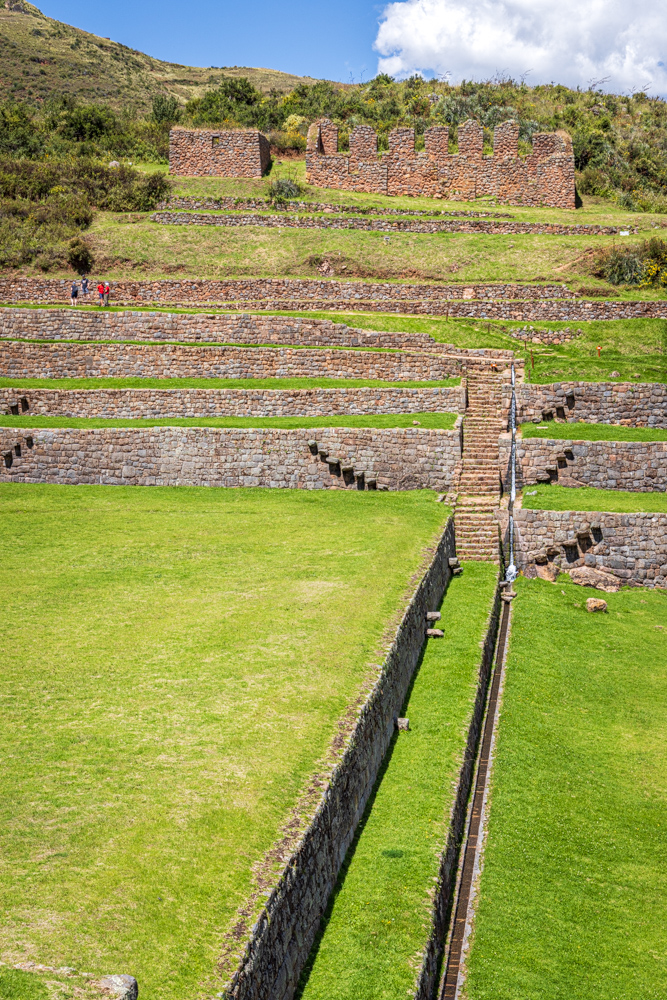

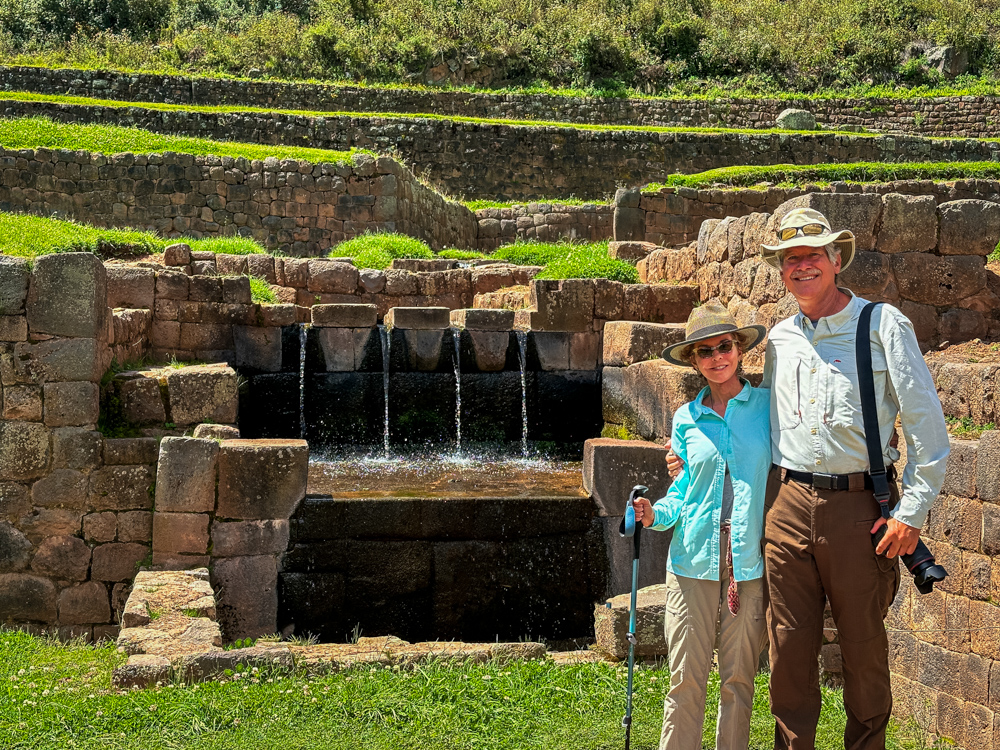
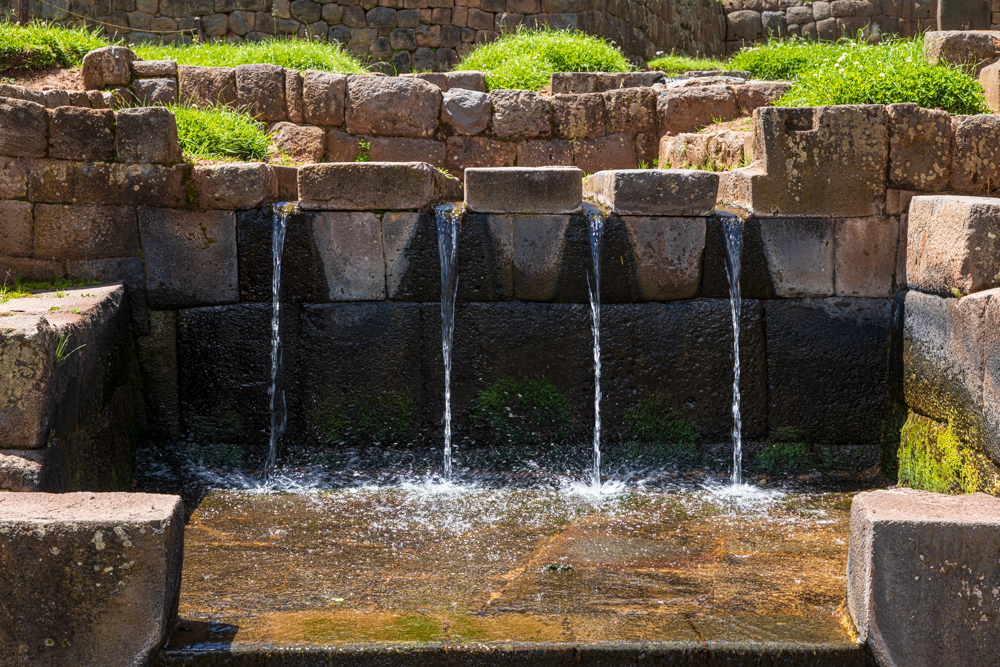
The water then branches into two canals to feed the terraces.
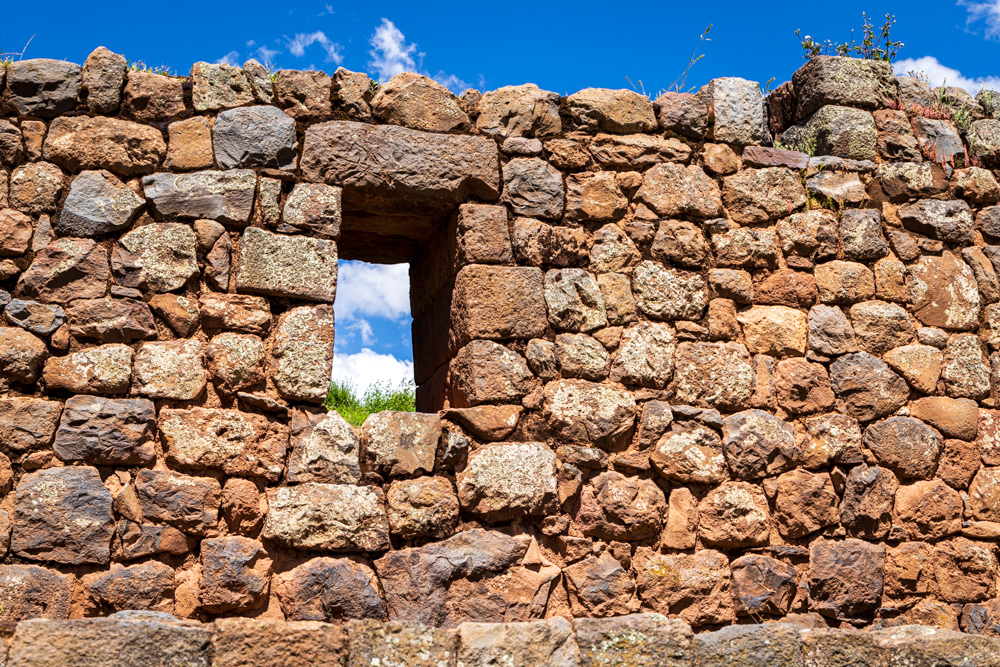
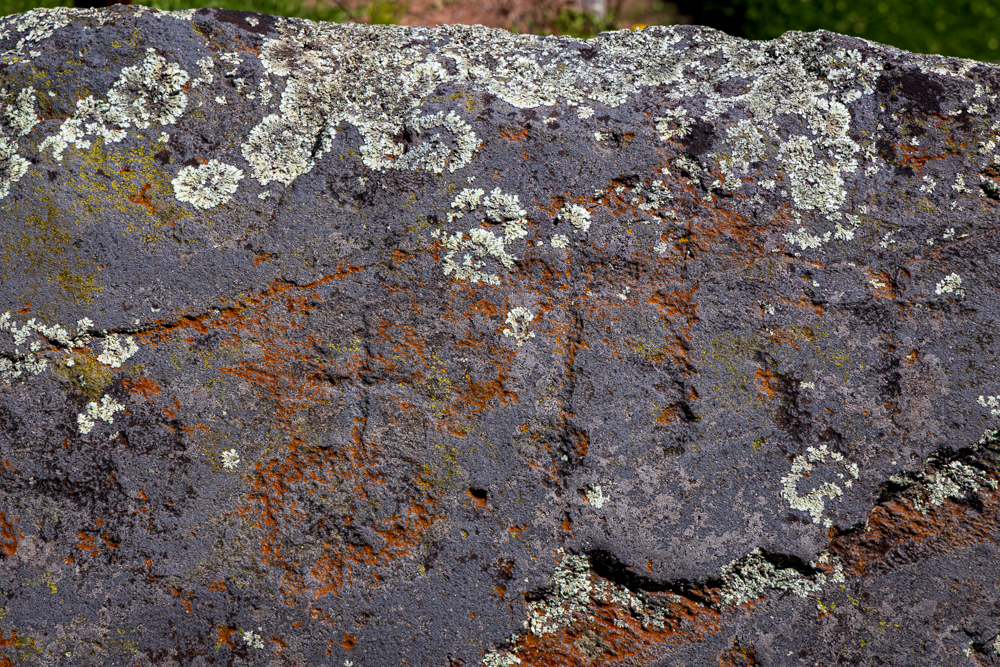
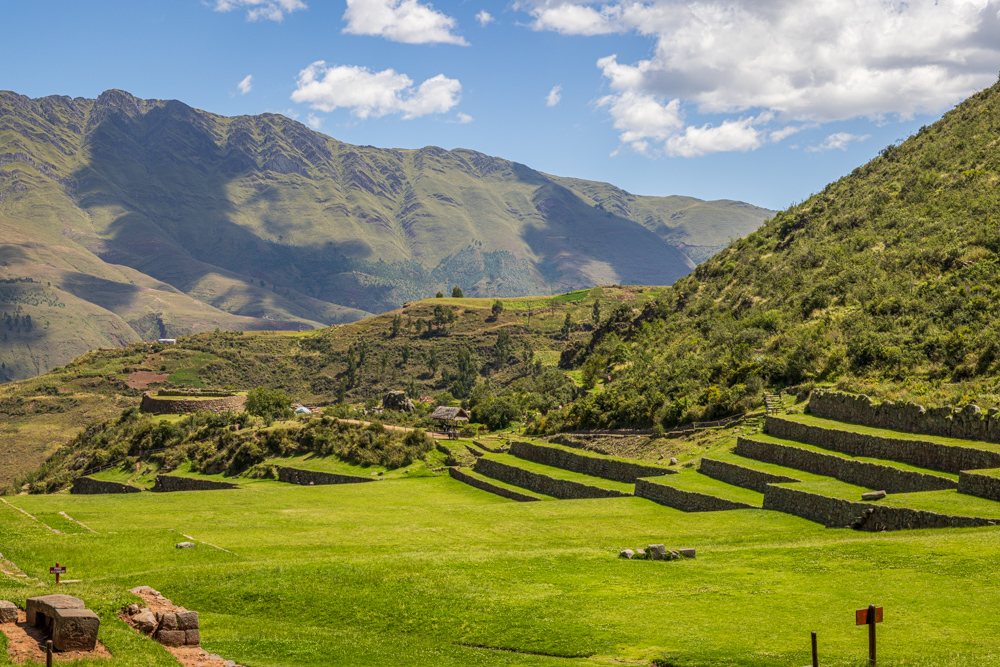
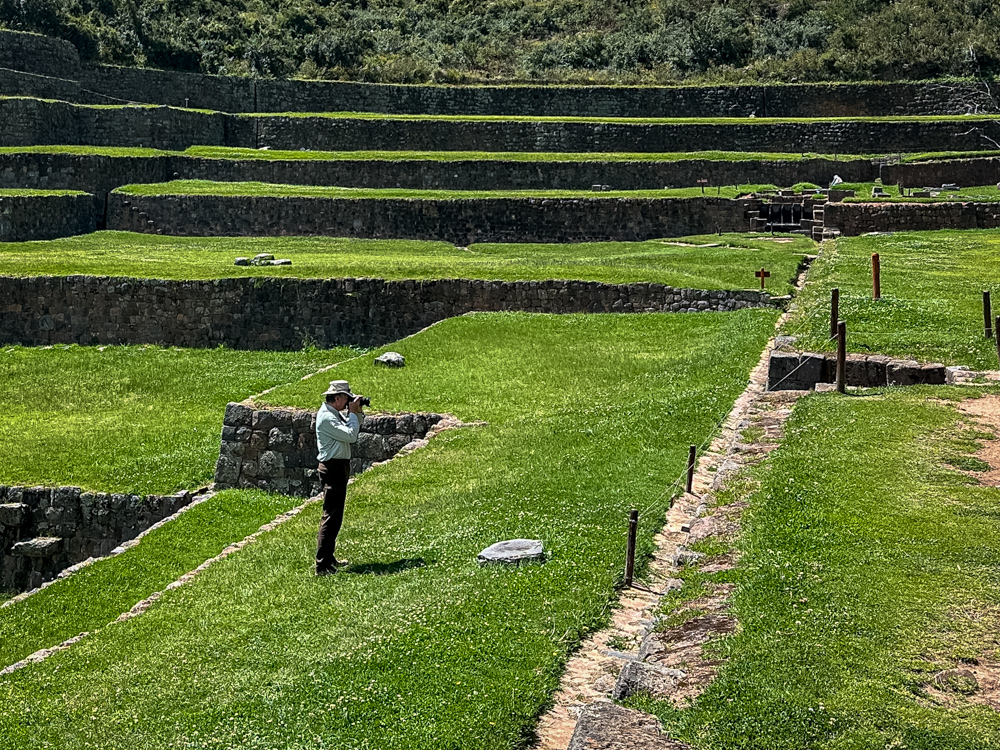
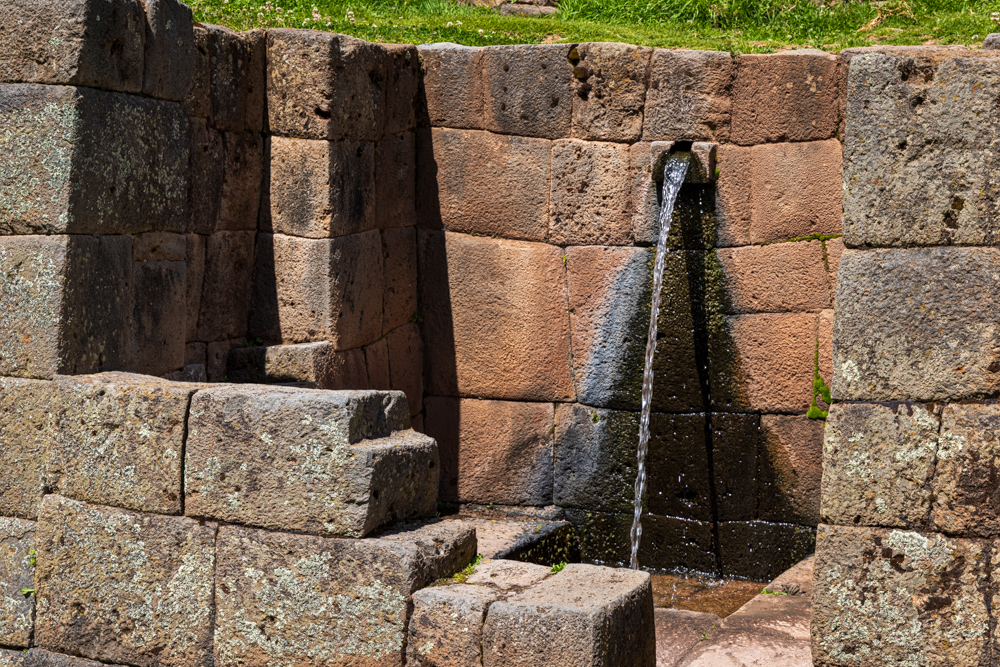
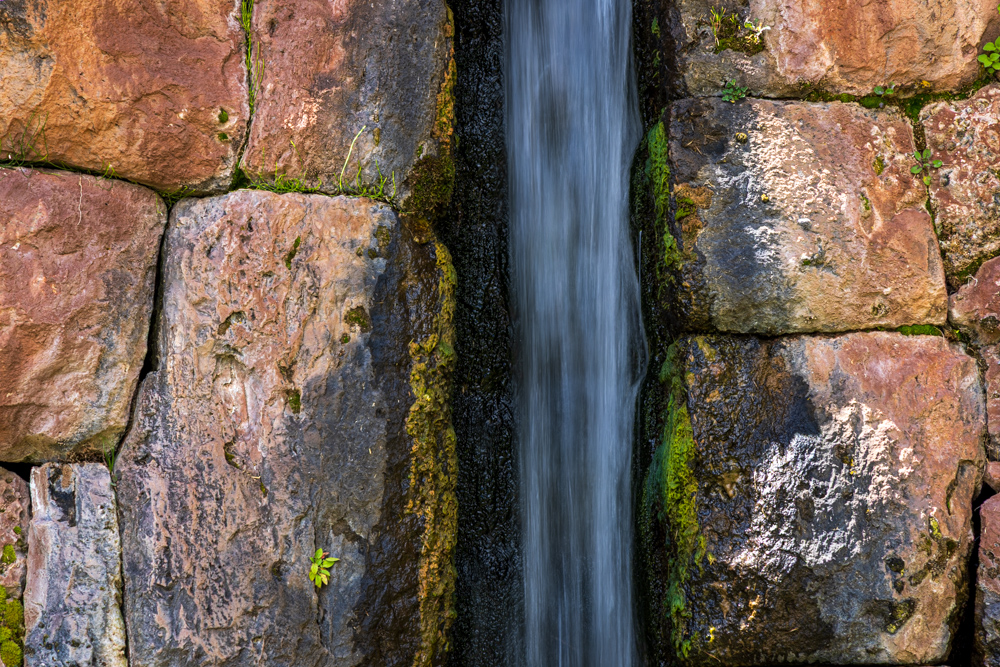

We were part of an authentic shaman ceremony. Before us was a cloth with several objects.
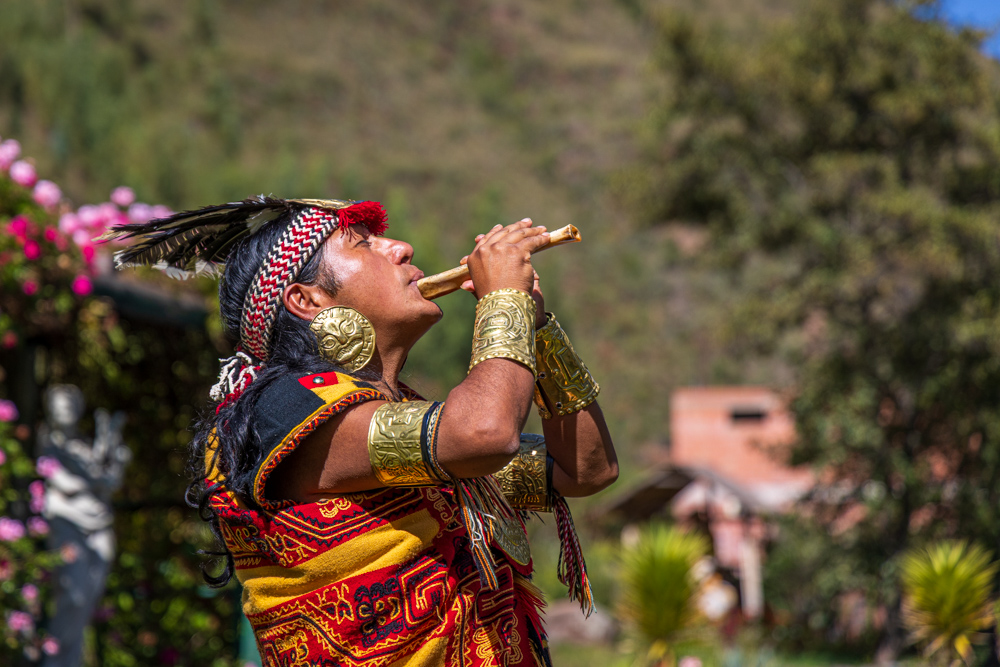
He is playing a small flute like instrument.
Music to start the ceremony.
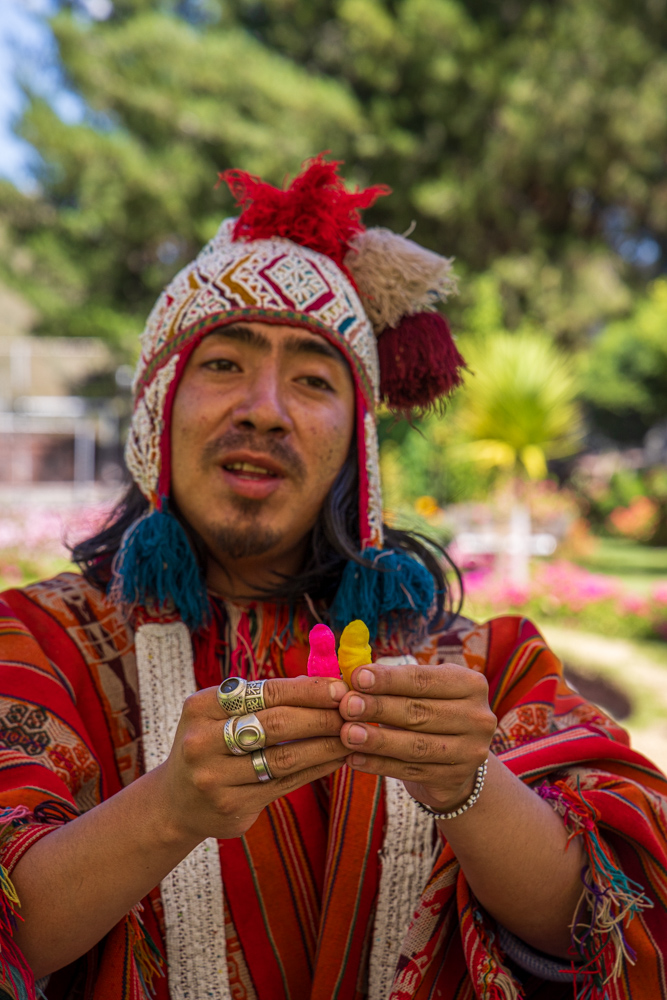

The shaman explaining what he is doing.
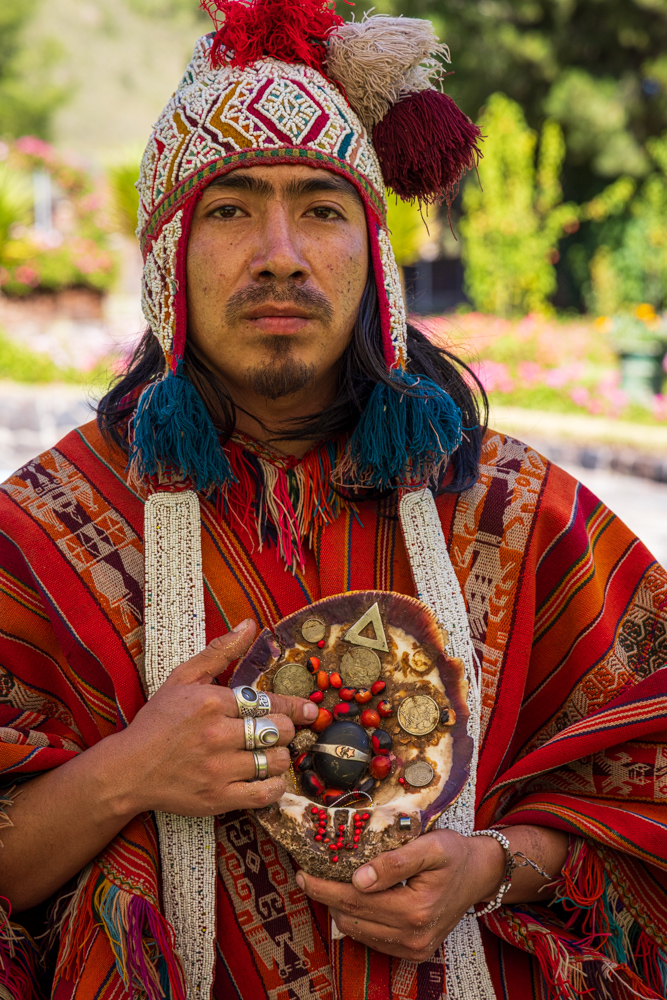
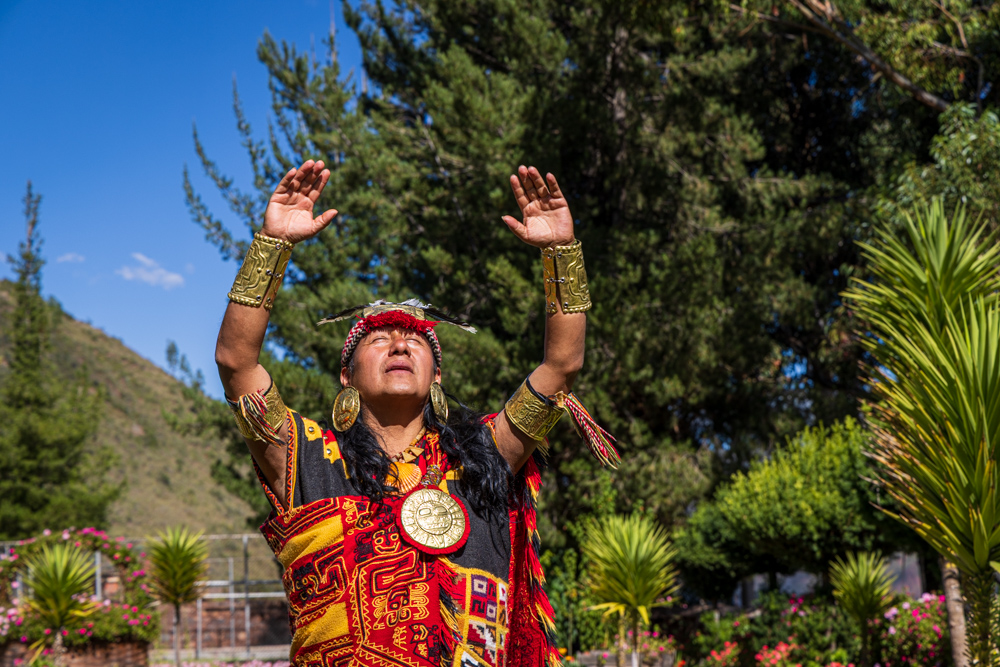
The bundle of objects which was collected during the ceremony will be taken to the top of Pillku mountain which towers over Cusco. At the top he will burn the bundle and complete the ceremony.
Music closing out the ceremony.
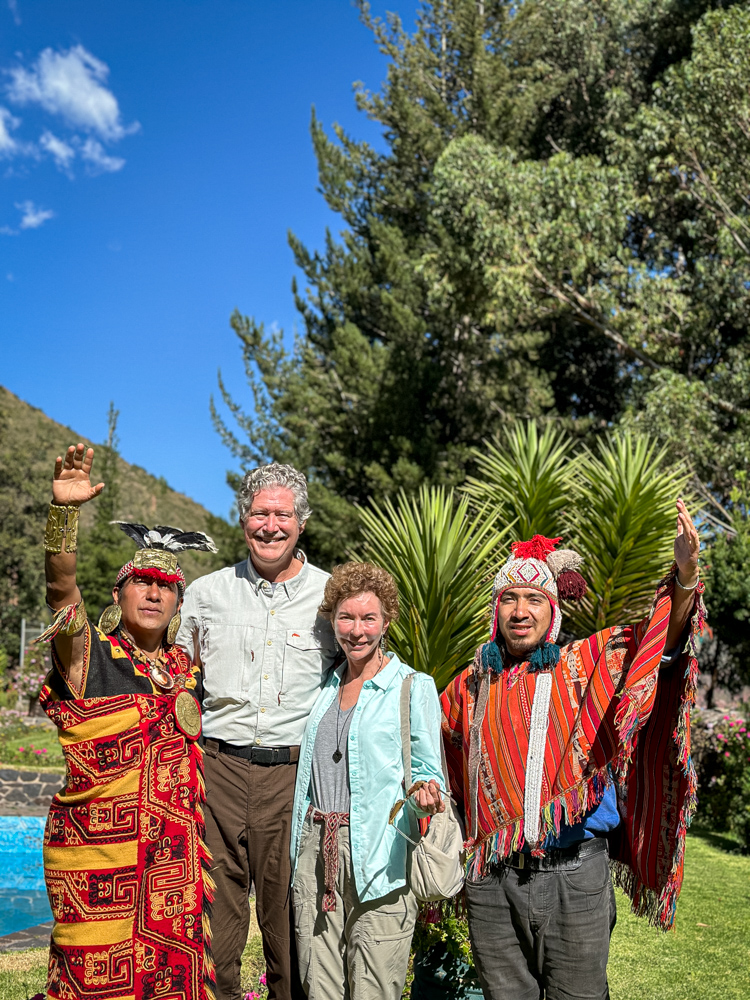
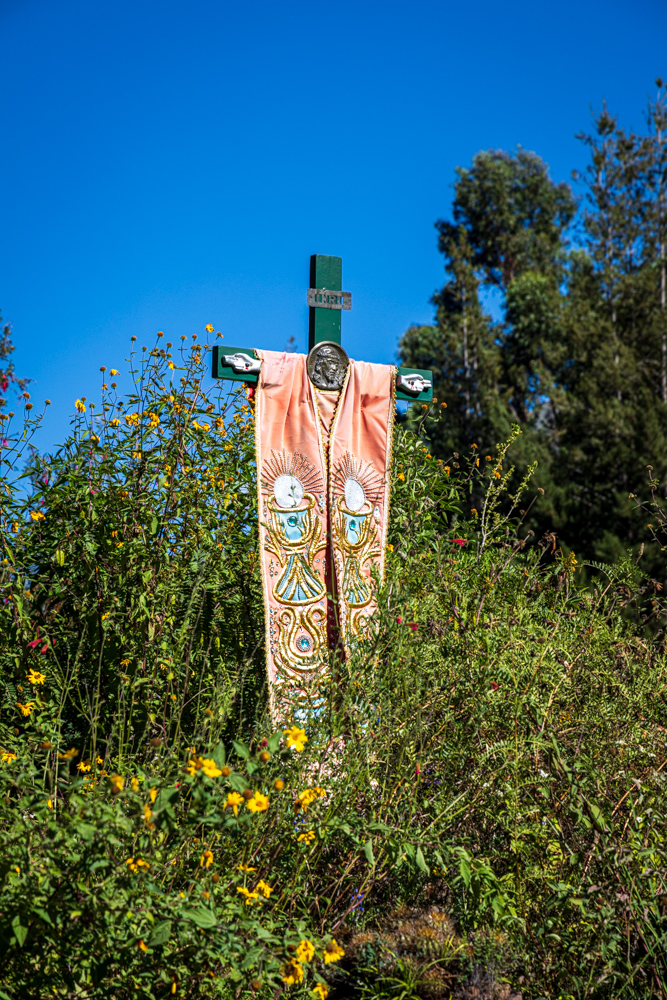
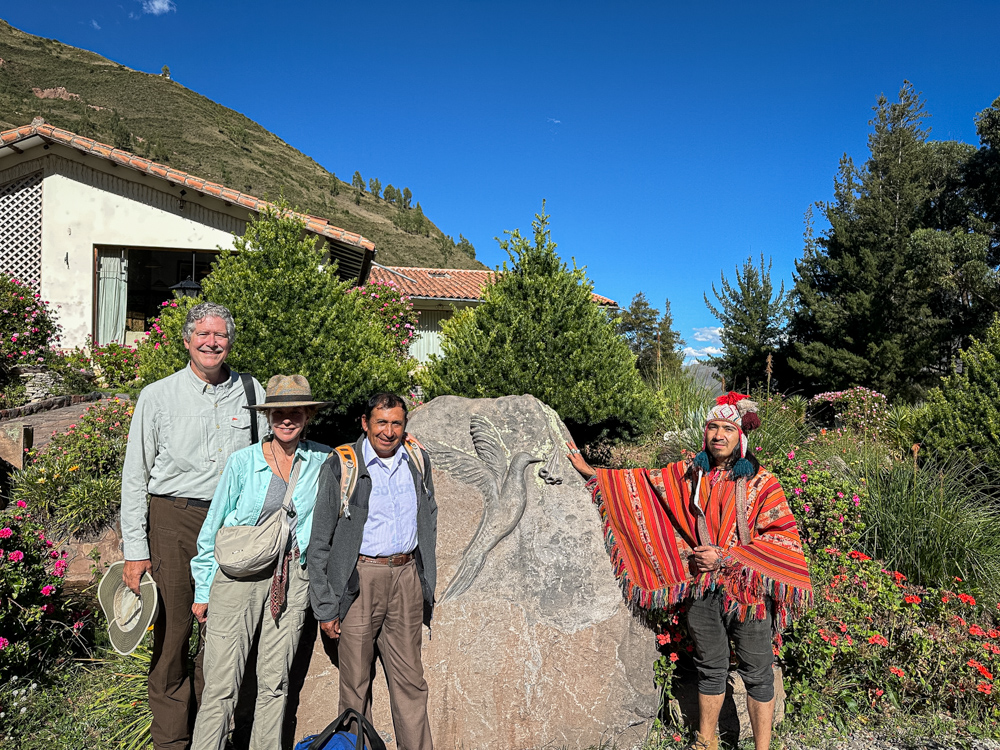
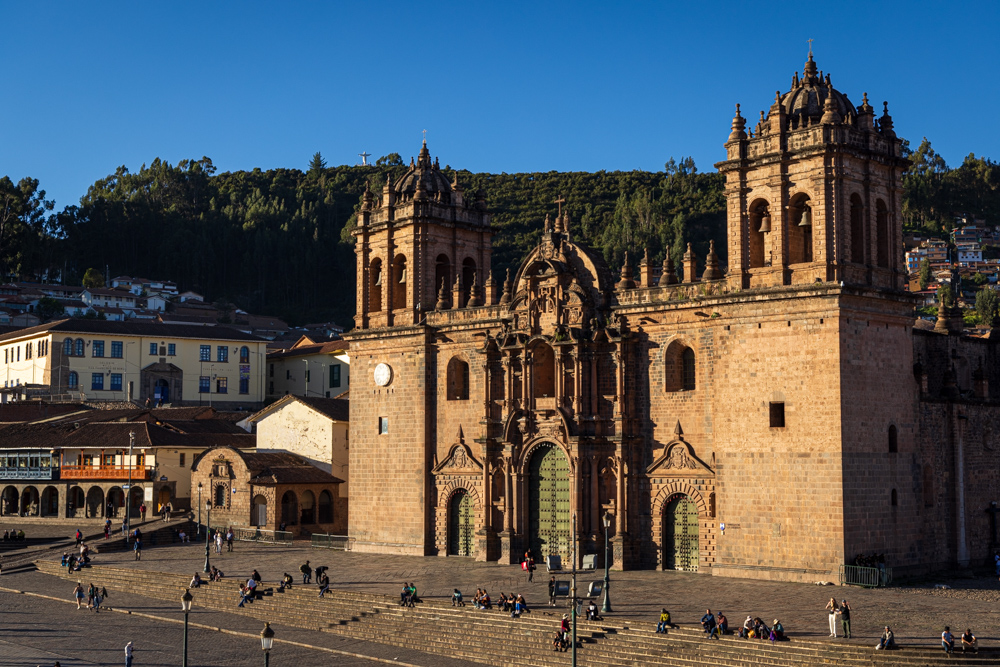
From the second floor we had a good view of the Cathedral of Cusco. Between the years 1560 and 1664 the Cathedral was built.
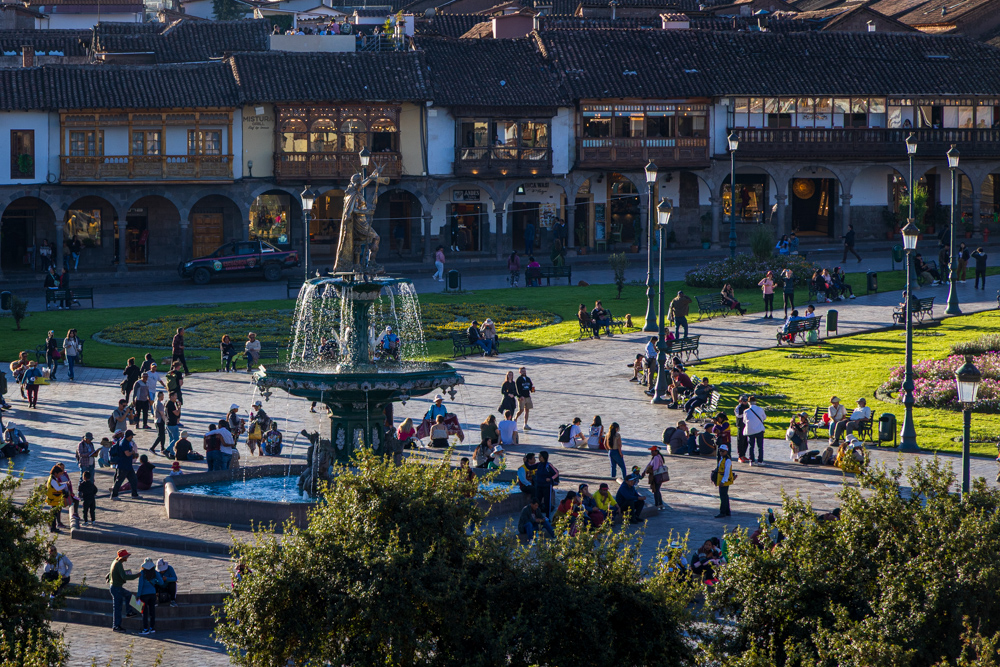
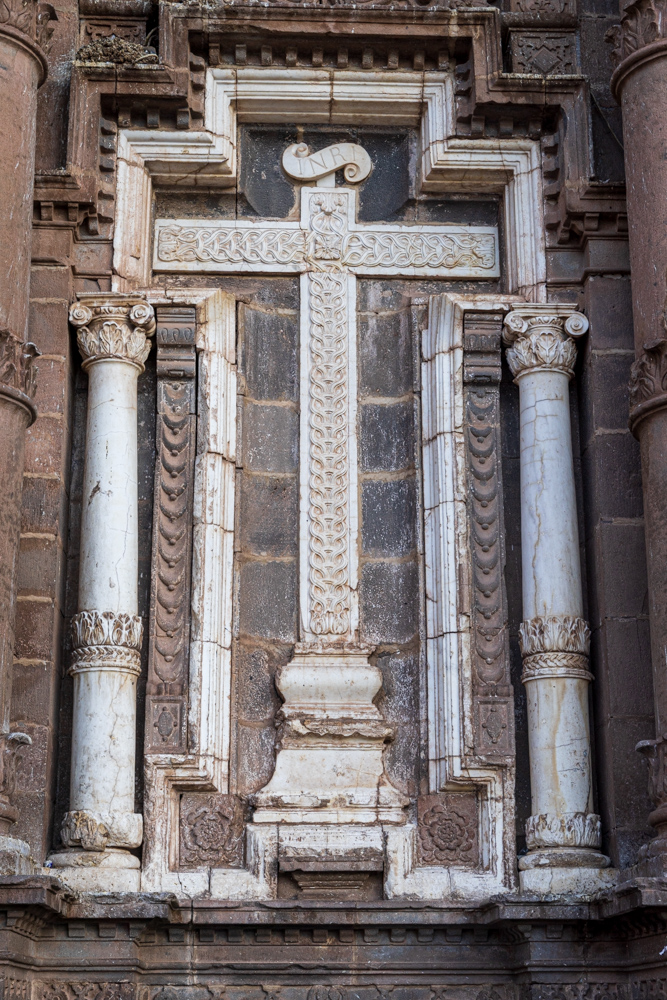

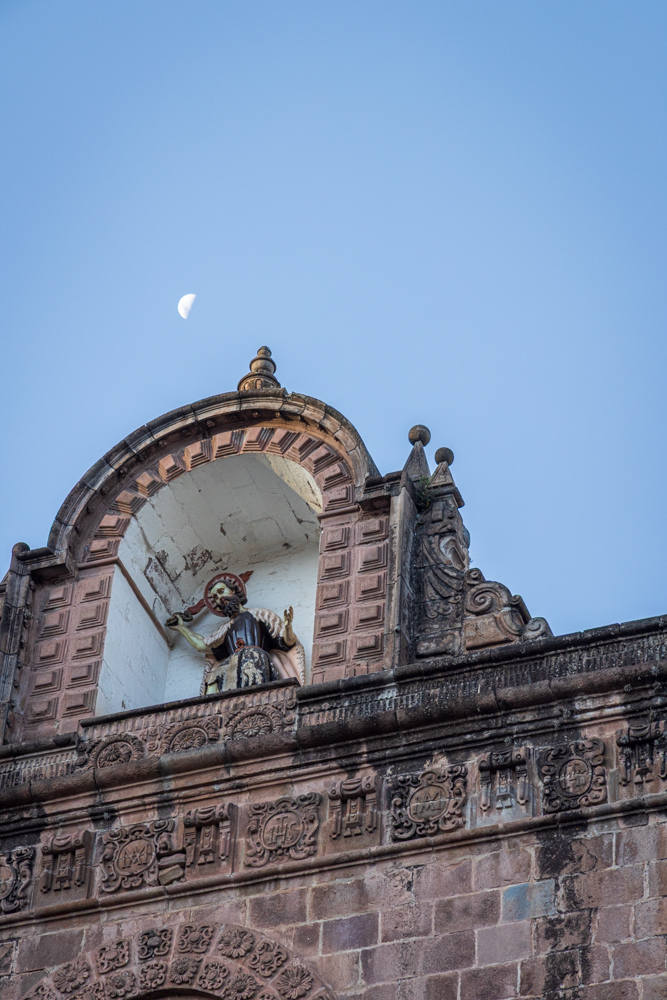
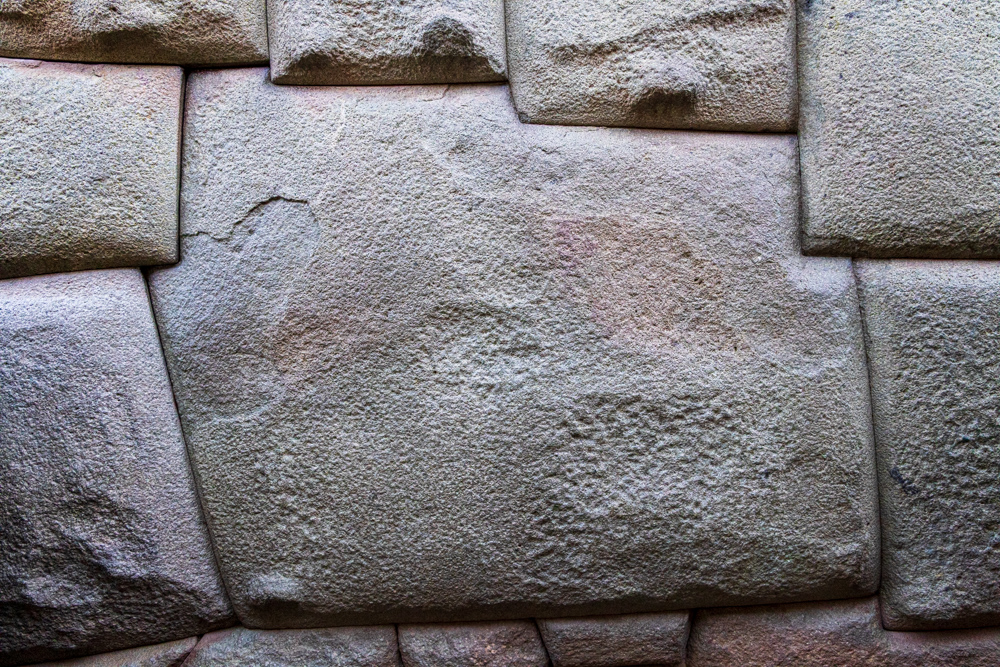
The perfectly cut stone is part of a wall known as the Hatun Rumiyoc, which makes up the outside of the Archbishop's palace.
